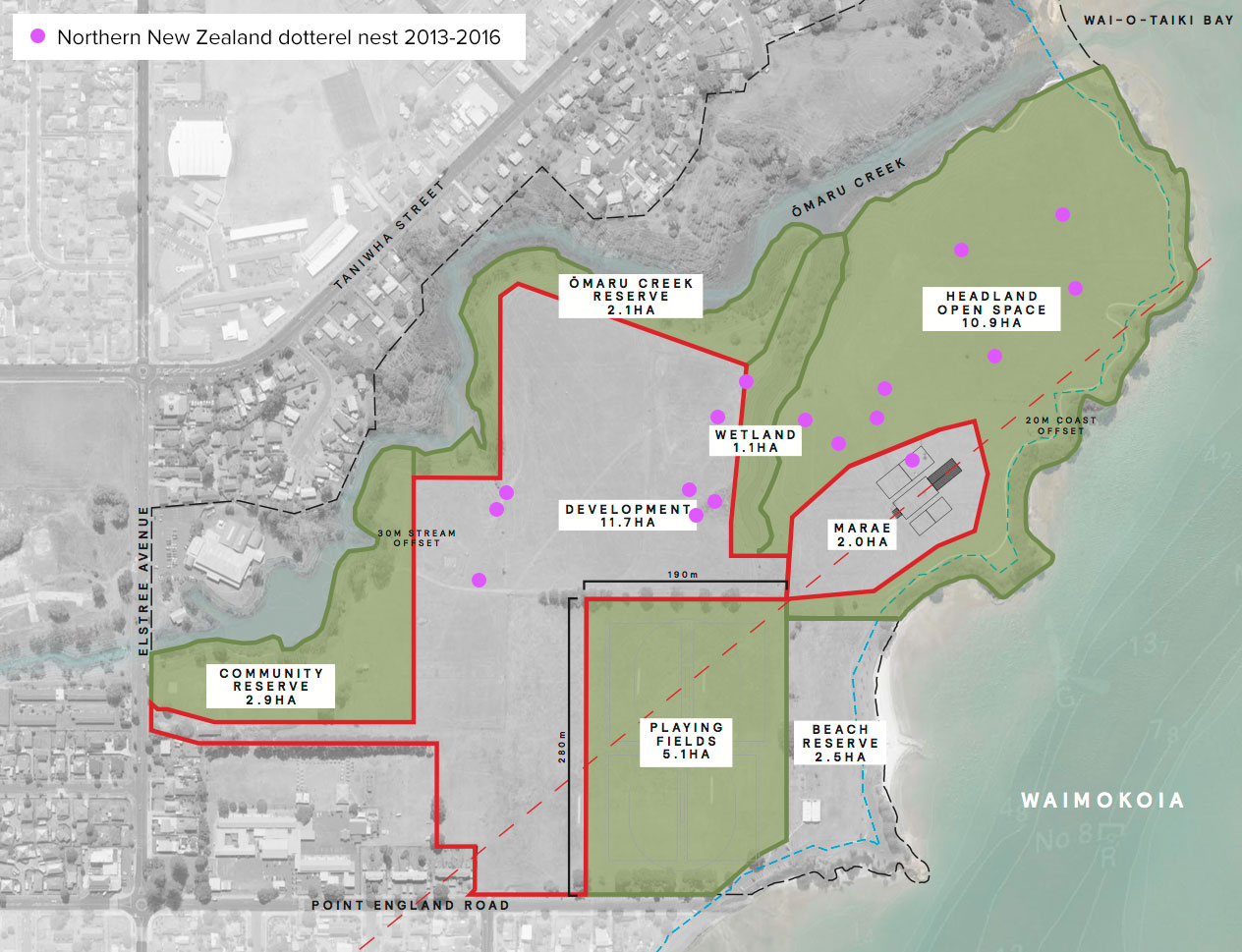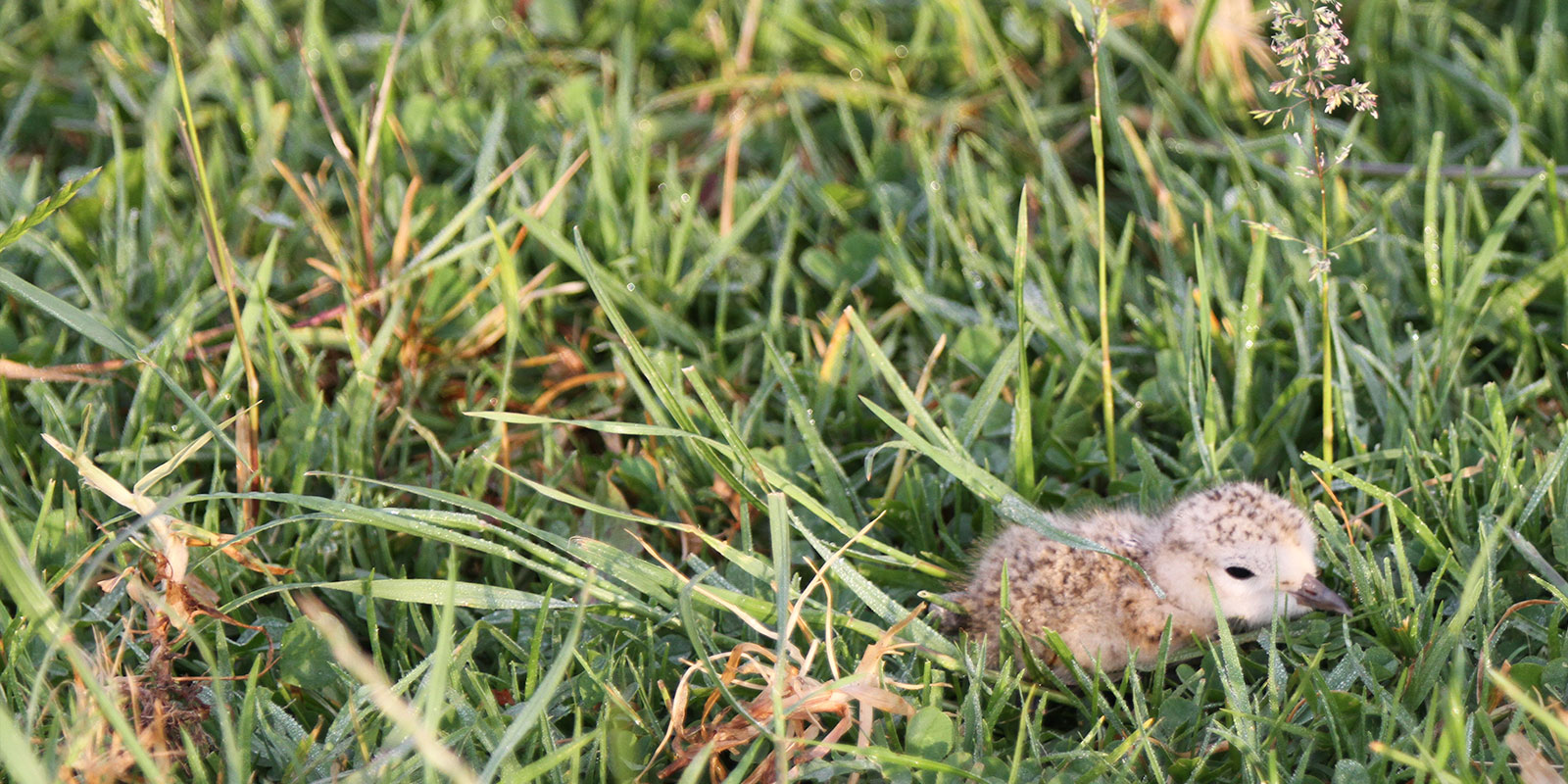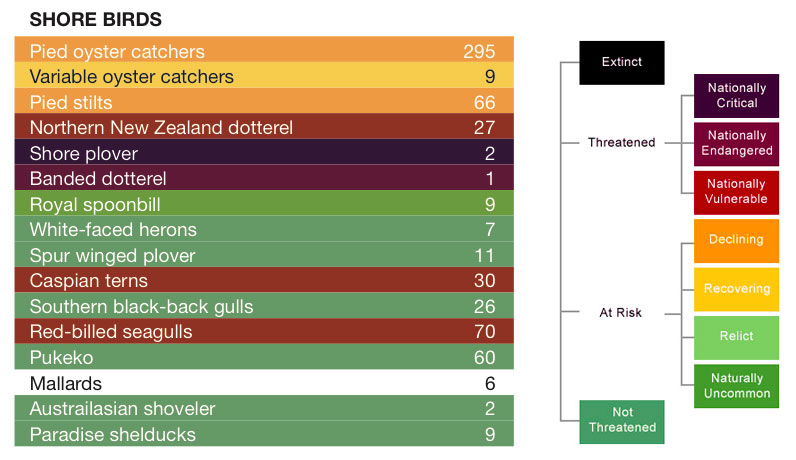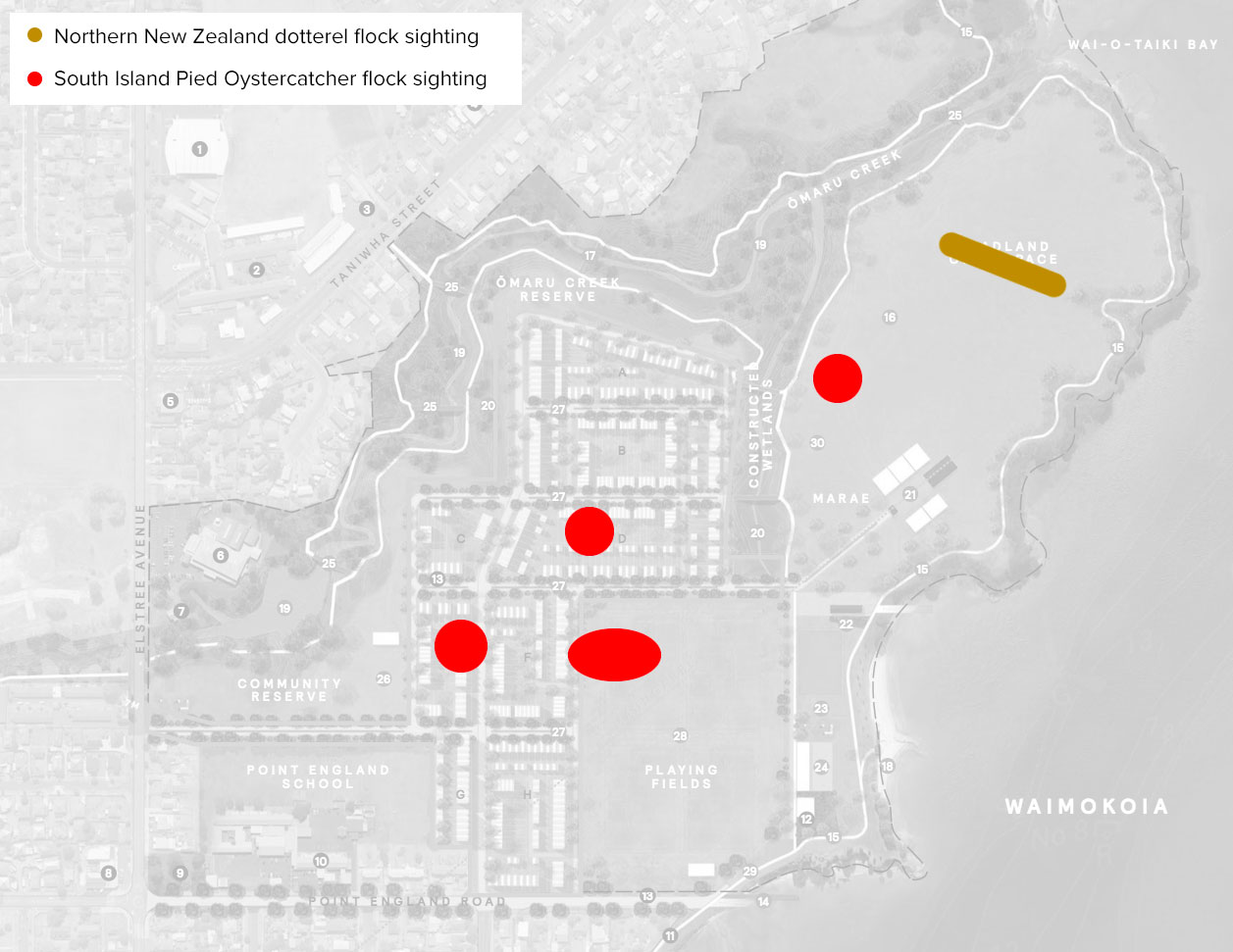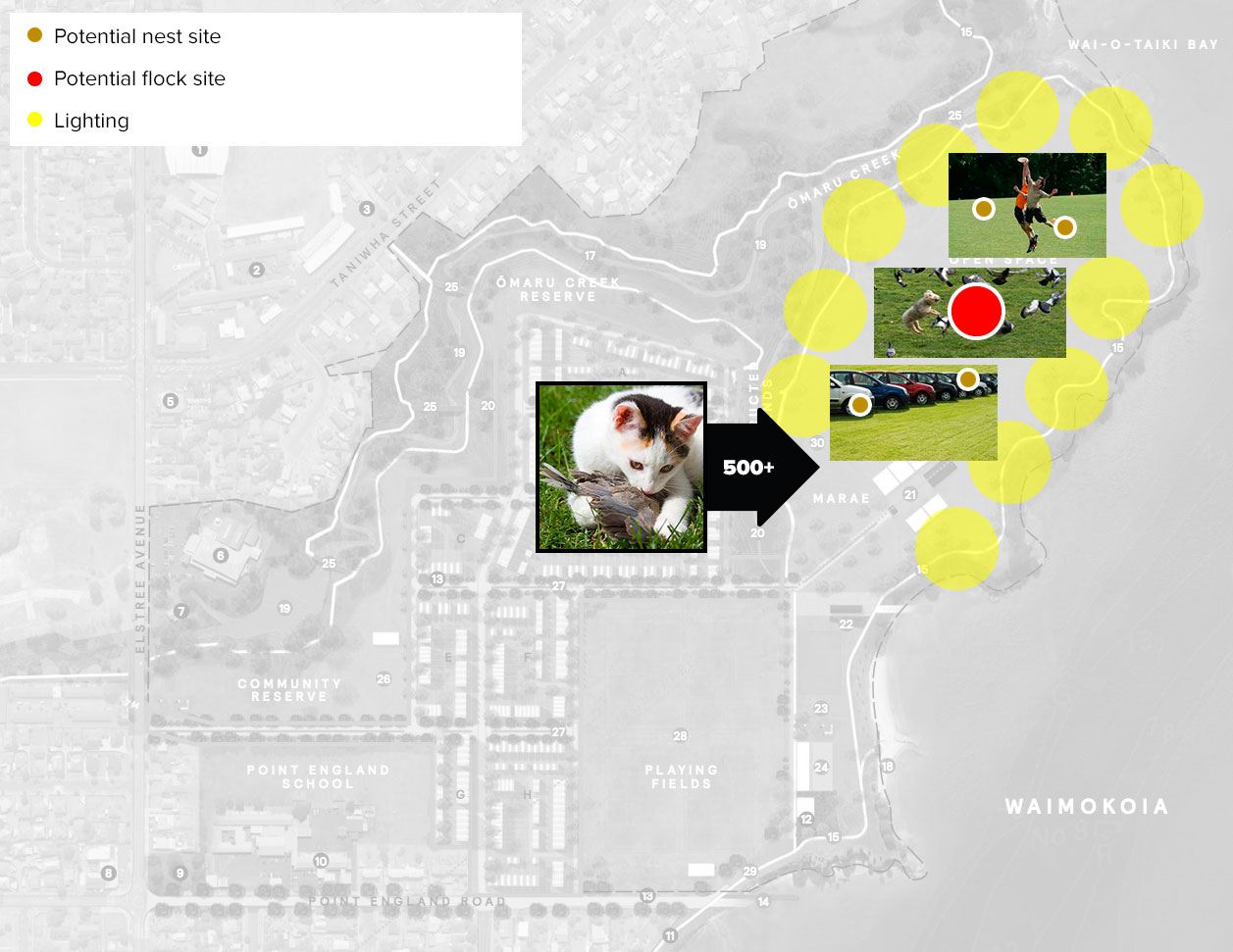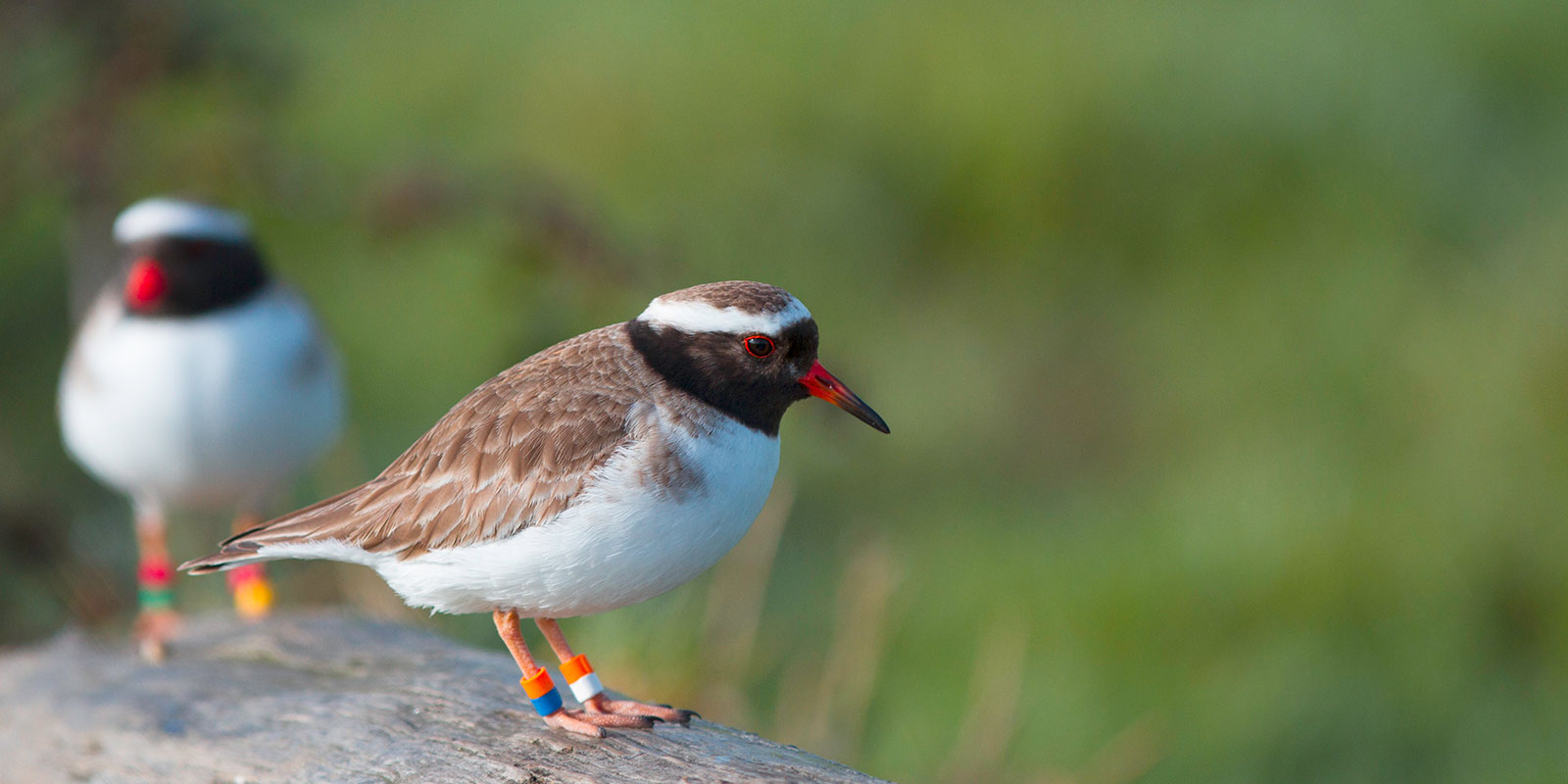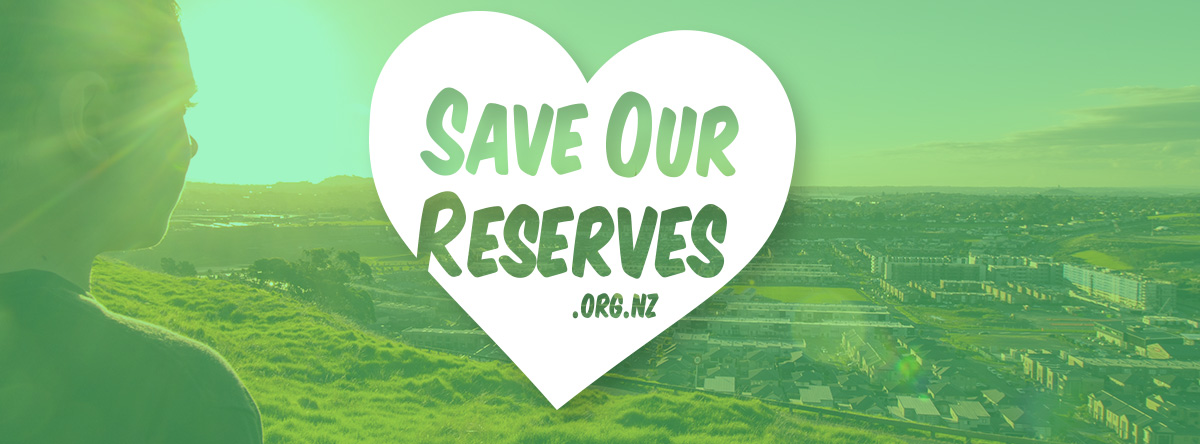Updates
August 2023. Ngāti Paoa Claims Settlement Bill submissions closed. Feedback from the Bird Sanctuary
July 2022. A sociological study on opposition to the development has been published, read the blog post here. Understanding community opposition to housing beyond NIMBYism.
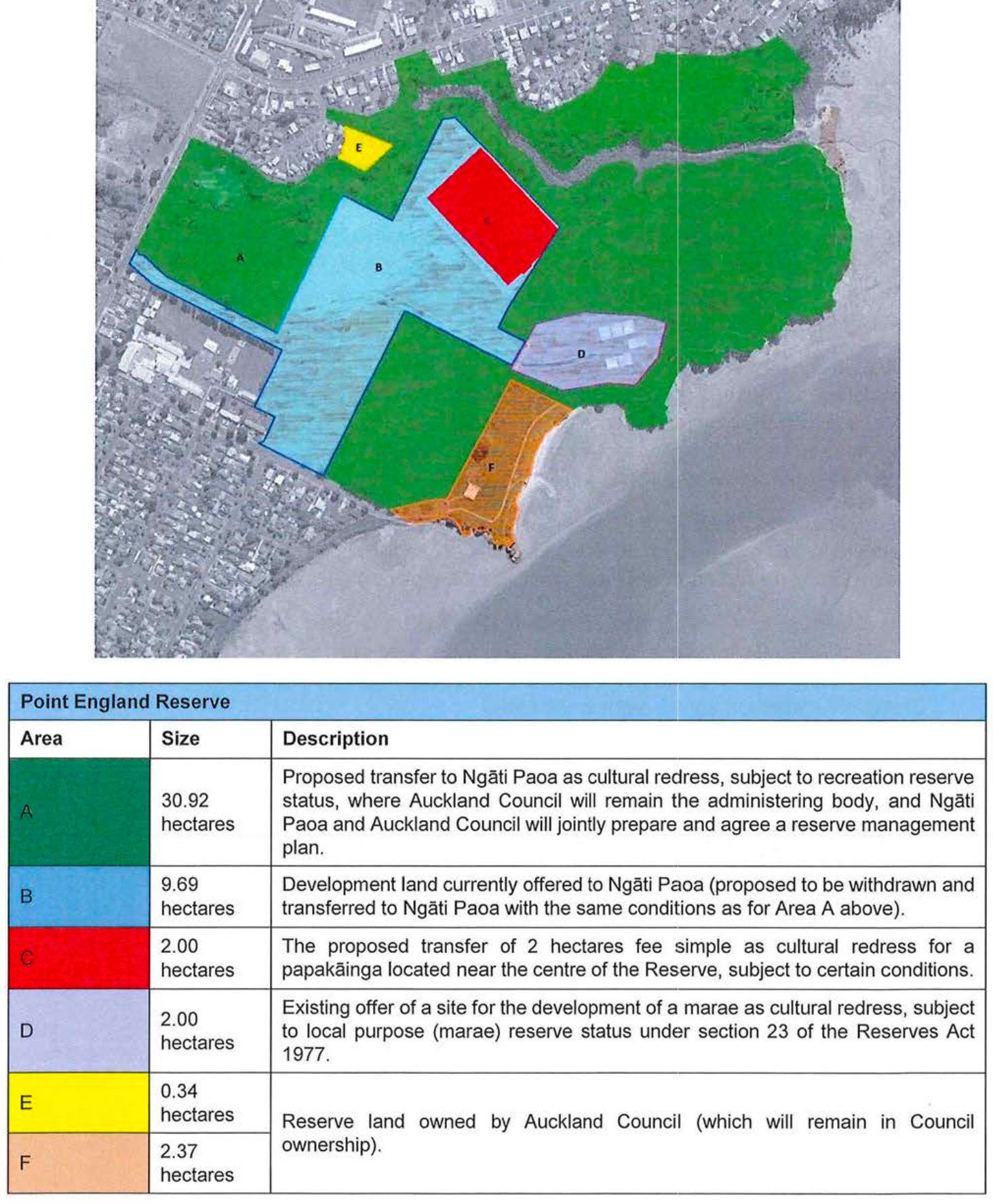
May 2021. This map shows the changes but is missing infrastructure (roads etc) to service the developments. It was published in this paper which also states that: "The alternative cultural redress offer will impact existing New Zealand dotterel habitat at the Reserve. However, overall it will have a much smaller impact on the reserve values at the Reserve than the housing development opportunity the Crown is currently committed to in the initialled Deed.”
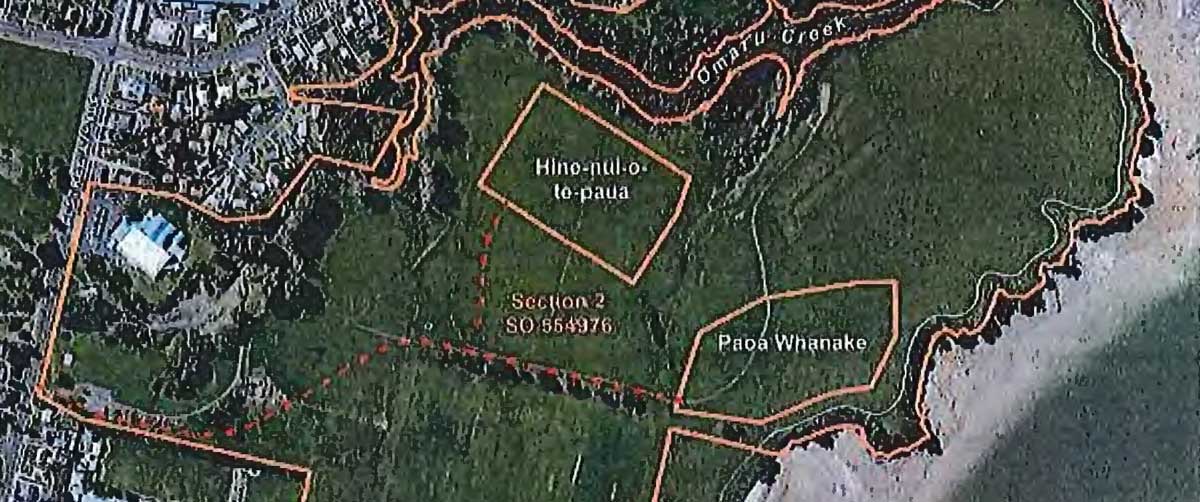
March 2021. Two smaller developments have been agreed on as part of the Ngāti Paoa Deed of Settlement. Paoa Whanake (2 ha) as a local purpose (marae) reserve and Hine-nui-o-te-paua (2 ha) as fee simple for papakāinga (a housing development for Māori people on their ancestral land). It is not clear if there will be an Assessment of Environmental Effects.
22 January 2020. The developers have released this information booklet which shows the Government has offered them an alternative offer. It would see a smaller area of 4ha of the bird sanctuary built on. Where is unclear, the developers have not discussed plans with the community. However our understanding is that this development will be different as it has to go through the RMA process which should mananage social and environmental concerns.
23 September 2017. The National party led government that proposed the Bill is voted out. The Labour and New Zealand First coalition government which opposed the development is voted in.
27 June 2017. The Point England Development Enabling Bill has passed. Eight Northern New Zealand dotterel used 100% of the 18ha of the boggy grazed land to feed their chicks. Under the Bill this will be reduced to 3.7ha of mown edges which experts say will not be adequate for the conservation dependant birds. The development plan also introduces a variety of habitat modification including (drainage and lighting) and new threats (like dog walkers and cats) destroying the bird sanctuary. Despite a huge protest no environmental plan was developed prior to the passing of the Bill.
30 May 2017. Ngāti Paoa stated at Select Committee hearing:
“since hui with the community we have developed concept plans that will maintain the total amount of playing field area by constructing new fields on the reserve next to the marae site. Overall, our project will double the amount of accessible open space, by removing the cattle and fences from the reserve.”Nick Smith now has an SOP before the house which will force Auckland Council to create the sports fields in the remaining reserve (map here). The Northern New Zealand dotterel will not nest on these sports fields or be able to use the land for foraging. This is the last nail in the coffin for the Bird Sanctuary and shows that the Government and the developers were never serious about mitigation or looking after the birds.
9 May 2017. The Select Committee produced a report in response to our petition. It has less errors than the last report (which is good), it also states that the developers will not "adversely affect the habitat for tūturiwhatu" (which sounds great). However it does not show how that might be achieved given all the threats stated, it even promises "The bill would enable over 10 hectares of the headland to become more accessible to the public." without acknowledging this would compromise the nesting ground. They think "an environmental effects assessment as part of the resource consent application" will find a way to preserve the bird sanctuary, but they do not recomend the Bill be stopped until it is completed. I wish I had their faith in developers.
13 April 2017. The Select Committee have come back with a contradictory report that takes no responsibility for the imapacts their advice will have on the environment. Teardown of the key page here. And here is an Open letter to MPs regarding the failures of the report.
12 April 2017. Further evidence to support the petition and the associated speech to the Select Committee.
20 February 2017. All the sumissions can be found here. This is the link to the submission from the Point England Bird Sanctuary.
19 Feburary 2017. 1,848 people signed our petition to stop the Point England Development Bill until an independent environmental impact assessment has been completed and presented to the Local Government and Environment Committee with a better development proposal. 3,393 people signed a second petition created by Tsz Ho to save the reserve.


